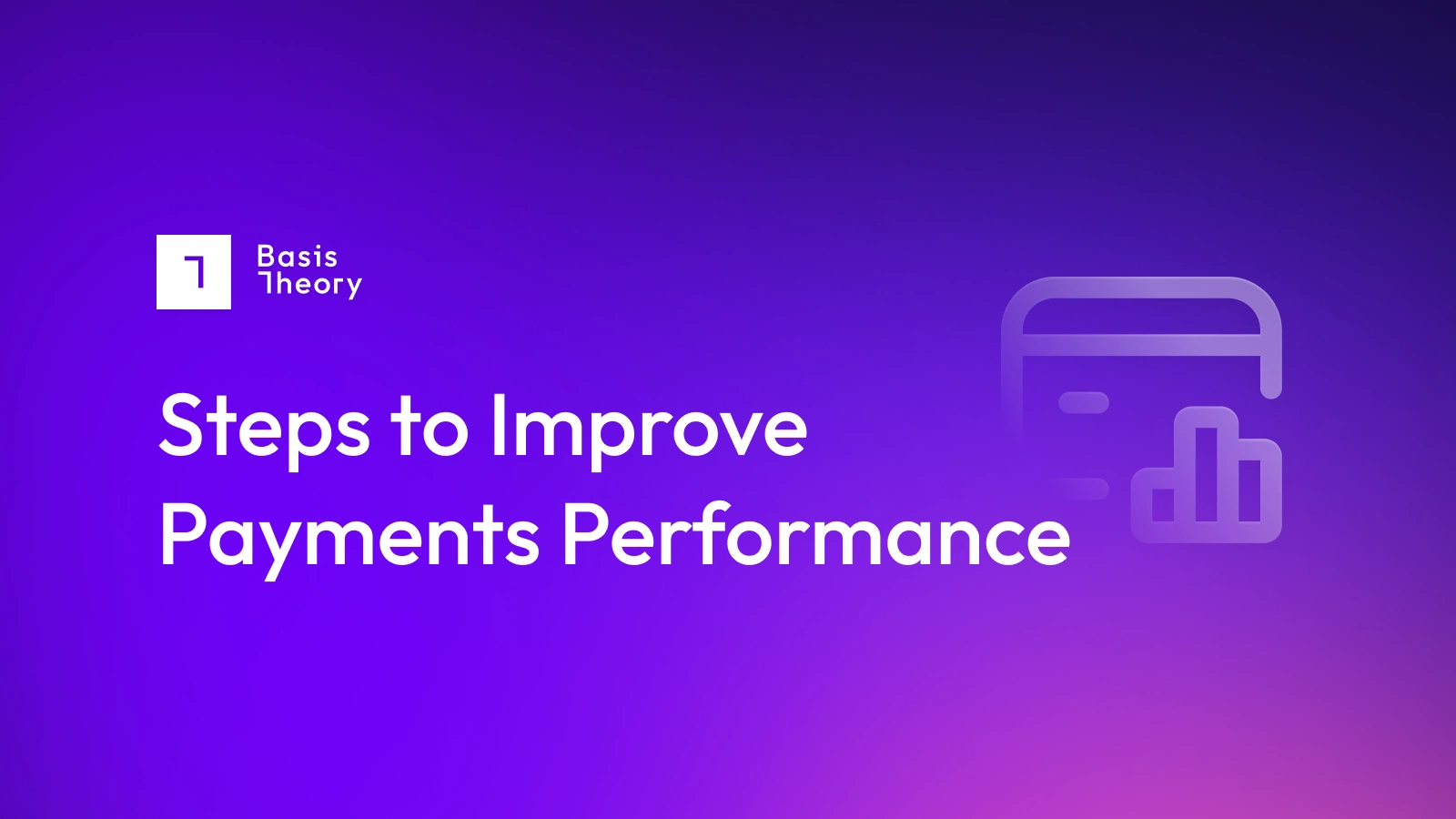Why Microtransactions Run the Gaming World

Gaming has never been especially cheap: from the moment Atari worked out how to sell individual game cartridges for $25 or more (worth up to $95 in today’s dollars), gaming companies have been working on the best ways to maintain a steady revenue flow. As the internet became more widely available, Blizzard Software launched World of Warcraft with a $14.99 per month subscription—a price that incredibly has never increased since its introduction in 2004! But even the steady monthly subscription payments lost their lustre as game developers realized they could increase their take using microtransactions.
What are microtransactions in gaming?
Microtransactions are simply small player purchases, usually of a proprietary ‘currency’, that can be used to gain an advantage in a game. There isn’t a universally defined limit for what qualifies as a microtransaction. Still, game publishers encourage players to continuously add to their accounts by pricing each individual item at a very affordable level.
By injecting an ‘in-game currency,’ game developers can obscure the amount of money the player is actually spending. Indeed, when publishers become overly aggressive in marketing the paid add-ons, they can end up stepping over ethical and legal lines, leading to outcomes like Fortnite’s publisher Epic Games having to pay nearly a quarter of a billion dollars in fines for deceptive marketing practices.
Most, though not all, games that feature microtransactions are Free-to-Play (FTP), drawing in new players with a zero-cost start. Players can then get involved with the game, and, often, can earn additional power-ups with good play, but can accelerate their progress—and often access features and capabilities that simply aren’t available by playing free—by buying into the microtransaction system.
And despite the name, microtransactions are a very big business!
Research firm Newzoo estimates that microtransactions comprised 58% of all PC game company revenue in 2024. This is, to no small degree, because, with each individual purchase being so small, players can rack up much larger bills over the lifetime of each title. What was a one-time payment of $25 turned into $20 each month—plus in-game purchases—delivering more than $120 to the publisher in six months.
Why is downloadable content not considered a microtransaction?
When evaluating the revenue flow of microtransactions, many reports separate out the purchase of downloadable content (DLC) into a separate revenue stream. This is because DLC purchases are one-time events, and unlock capabilities that cannot be earned by game play— things like new maps, characters, and story arcs that are made available after the initial release of the underlying game.
More broadly, DLC transactions tend to be one-offs, and are generally purchased straight-up: a direct payment transaction for access to some new code.
By contrast, microtransactions are almost invariably indirect purchases, where the player actually buys some volume of in-game currency that can be used over time for small additions to their playing experience.
In-game Currencies are Fundamental to Gaming Microtransactions
The mechanics of payment processing are designed to allow different players across the payments ecosystem to take a small fee throughout the process. As such, it is generally economically inefficient for merchants to accept extremely small payments.
In the case of a full-service payment service provider (PSP), for instance, who charges a flat fee of 2.9% plus $0.30, a $5 payment would actually incur a fee of $0.45—fully 9% of the intended payment. Even using PayPal, which offers a micropayment fee of 4.99% plus just $0.09, the fee would be $0.34, or 6.8%.
As a result, game publishers prefer to create in-game currencies that players can purchase in larger quantities, driving down the effective processing fees. A $20 purchase on a full-service PSP incurs only a 4.4% effective rate, improving the bottom line returns for the publisher.
Both Apple and Google have traditionally required app developers to process in-app purchases through their own, proprietary processing services, charging 30% on each transaction (though Google has generally offered a lower rate of 15% to developers driving under $1M in annual sales).
A recent court decision, however, has forced Apple to allow developers to make their in-app purchases outside the app and use a processor of their choice. The impact on game developers who rely on microtransactions for revenue could not be much more immediate or impactful: processing fees will drop from 30% to single digits.
Game publishers who can now have customers complete their microtransactions outside the walled gardens of Apple and Google should already be rightfully wary of getting trapped within the confines of another provider.
While it is tempting to jump on the opportunity rapidly by signing up with a full-service provider, with its relatively lower processing fee rate card, adopting a multi-processor approach is the right way to maximize revenue. Using an intelligent payments system allows game publishers to own all their customer information and submit transactions to the processor that will most efficiently process each purchase at the lowest rate.
Given the variability in fees for different payment methods, and the opportunity to avoid cross-border fees by transacting in the customer’s location using their preferred payment method, merchants can optimize their processing costs and deliver a superior service.
.png?width=365&height=122&name=BTLogo%20(1).png)



